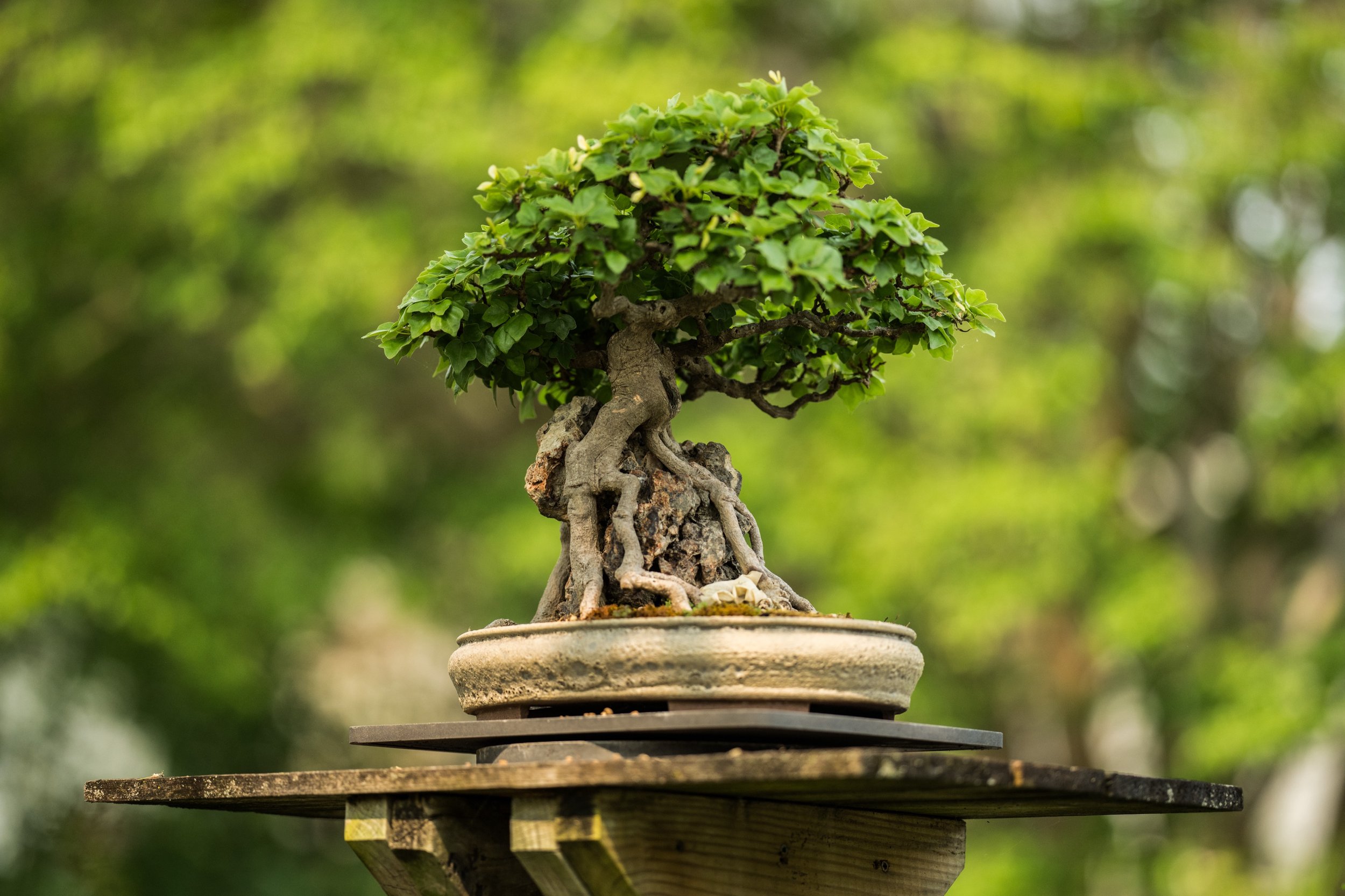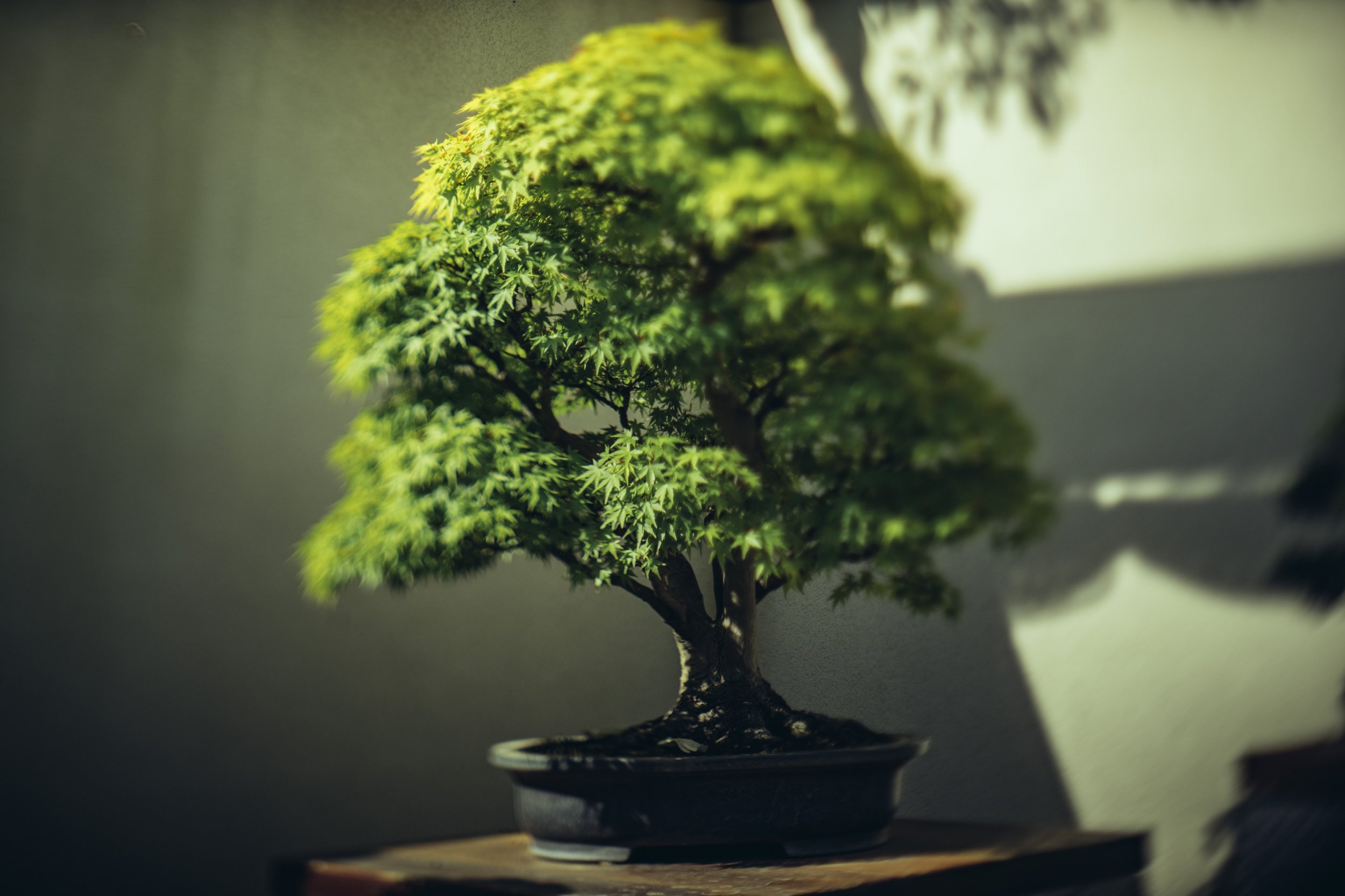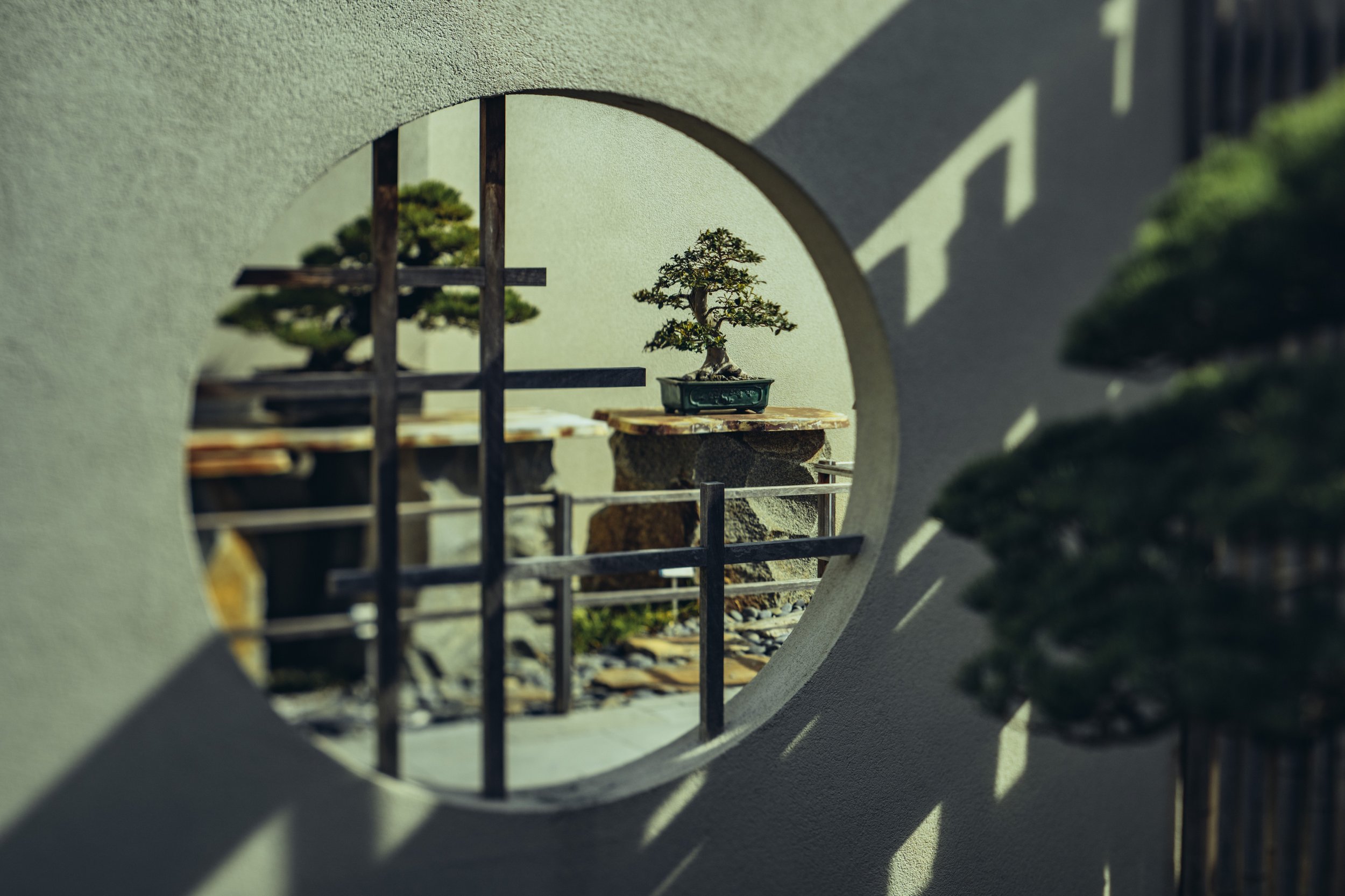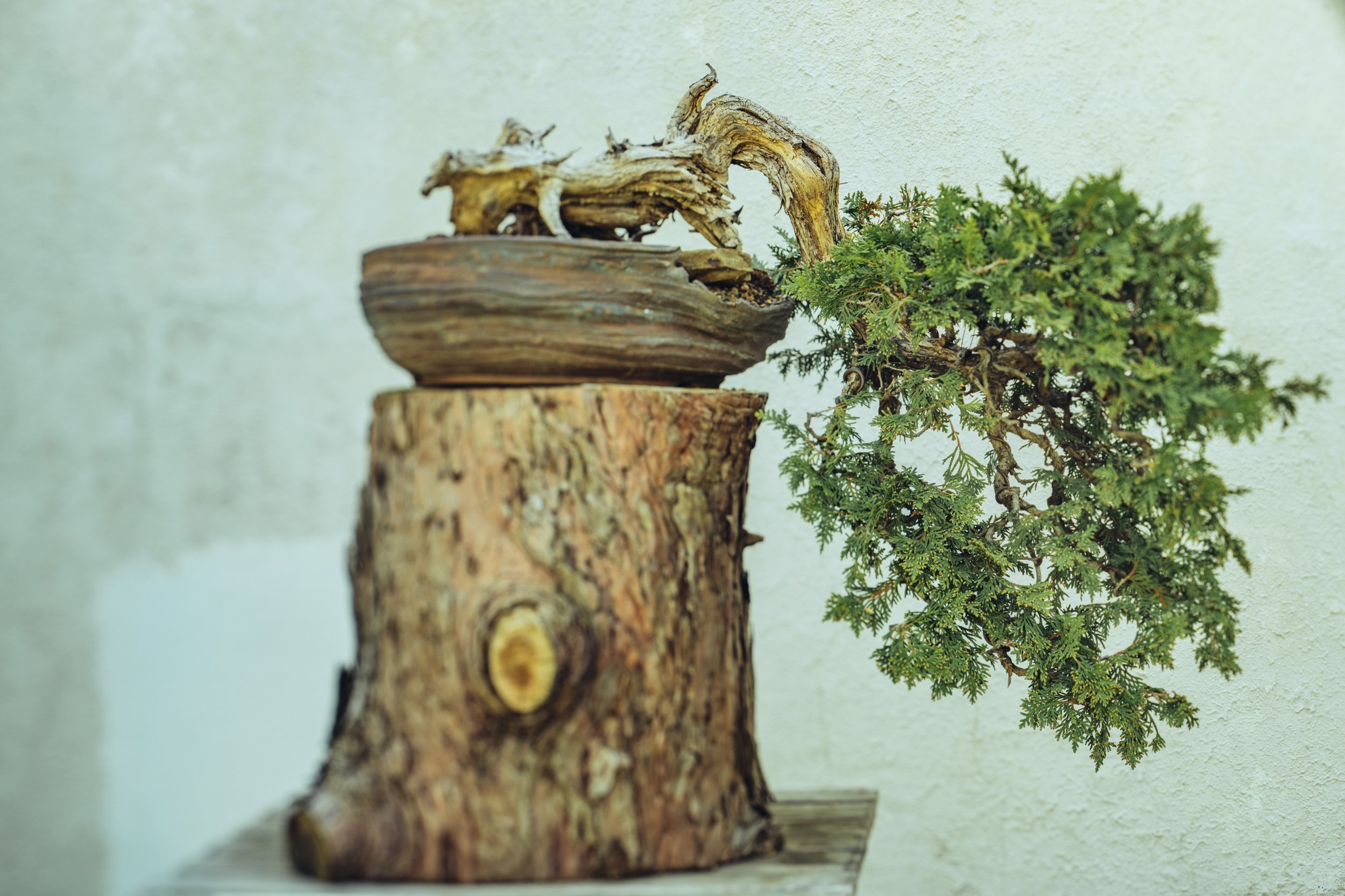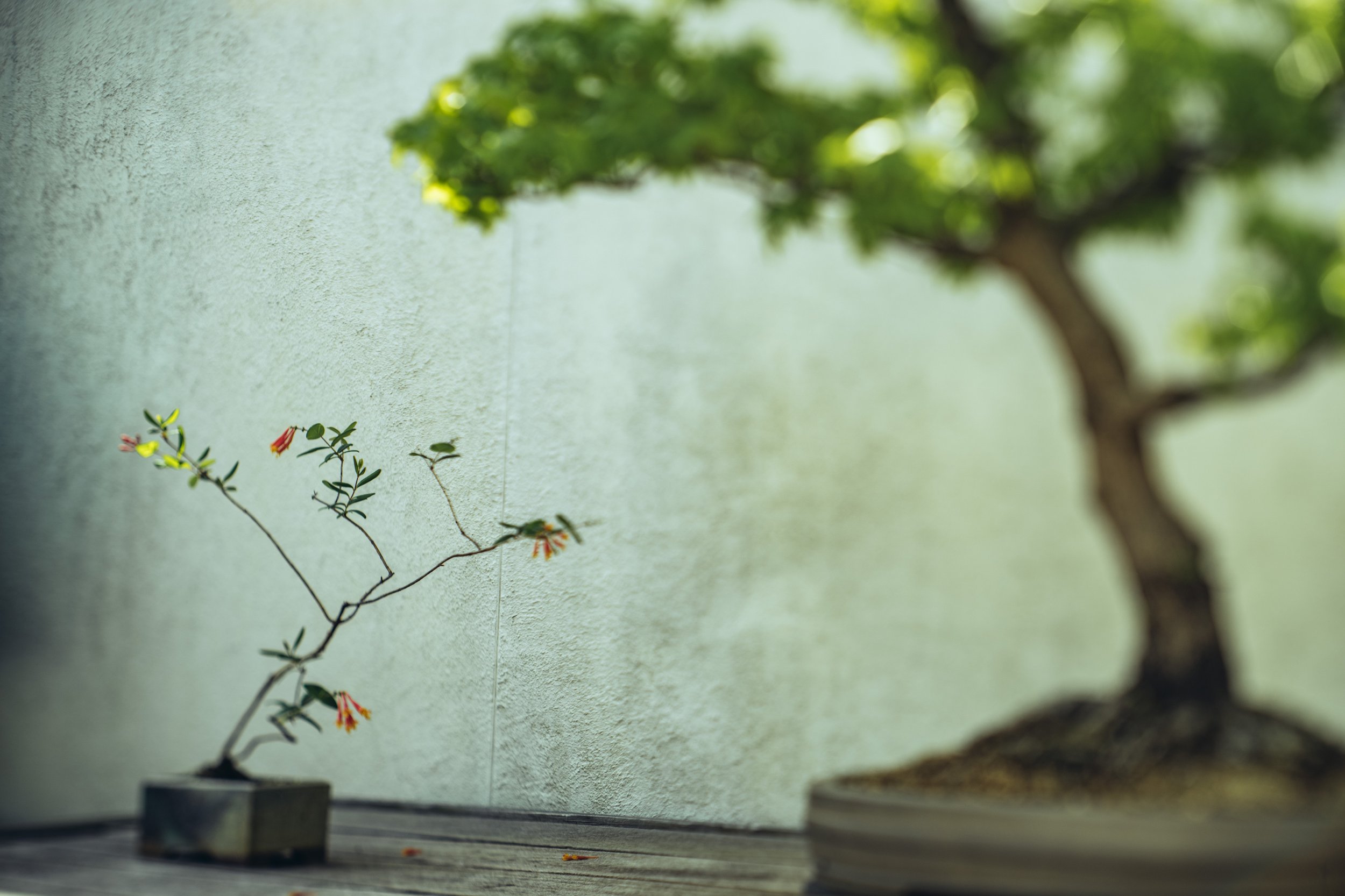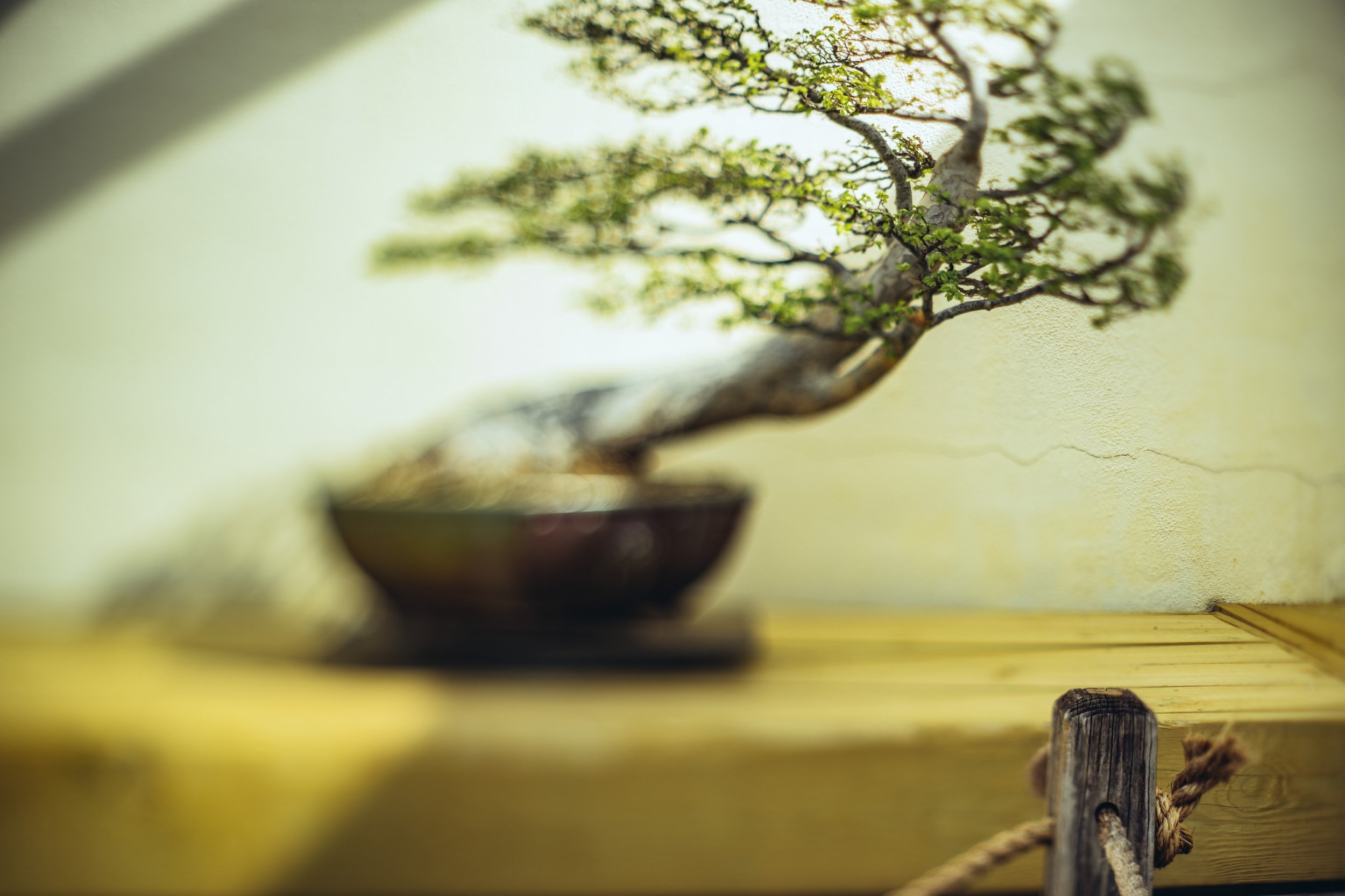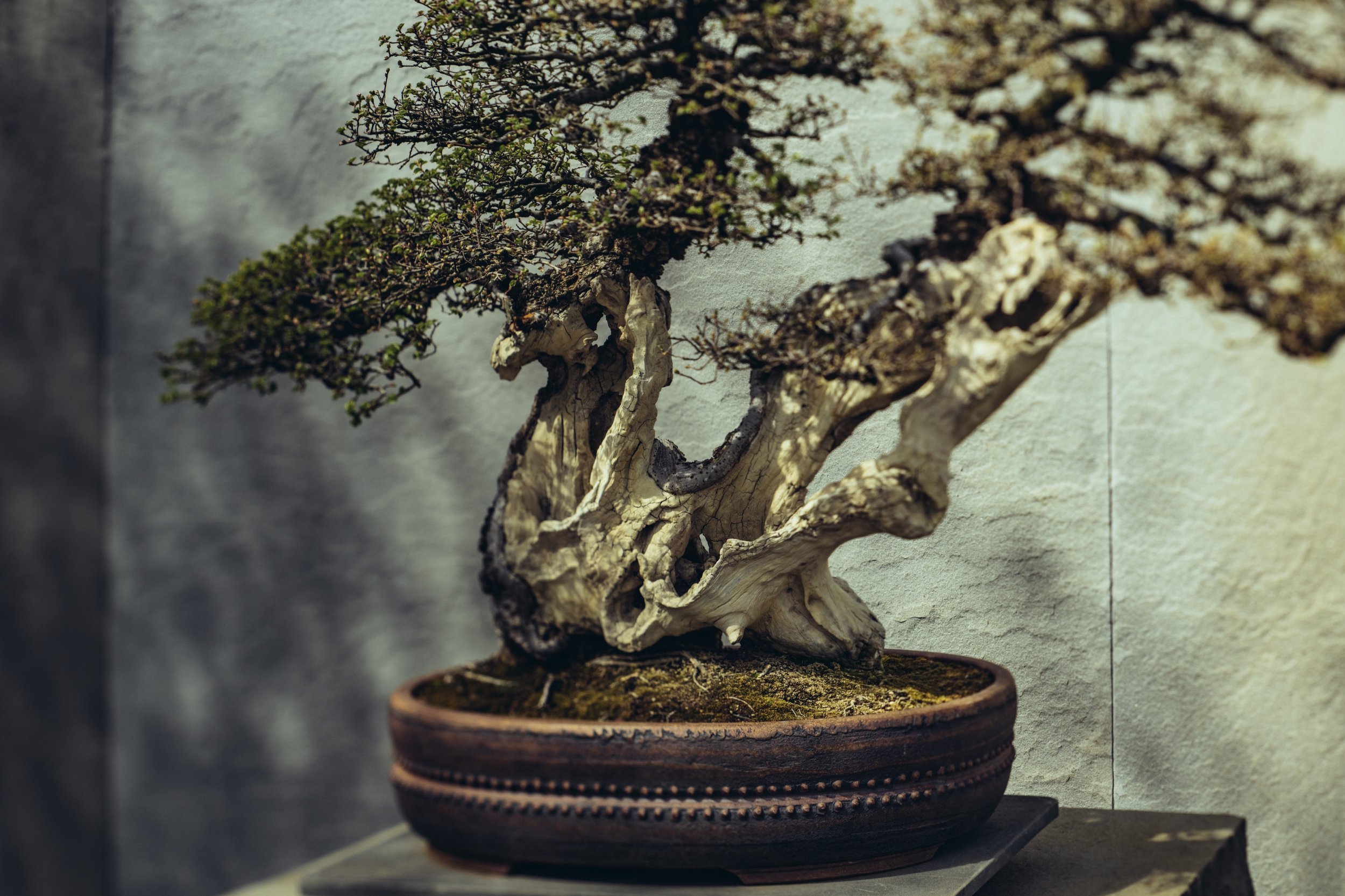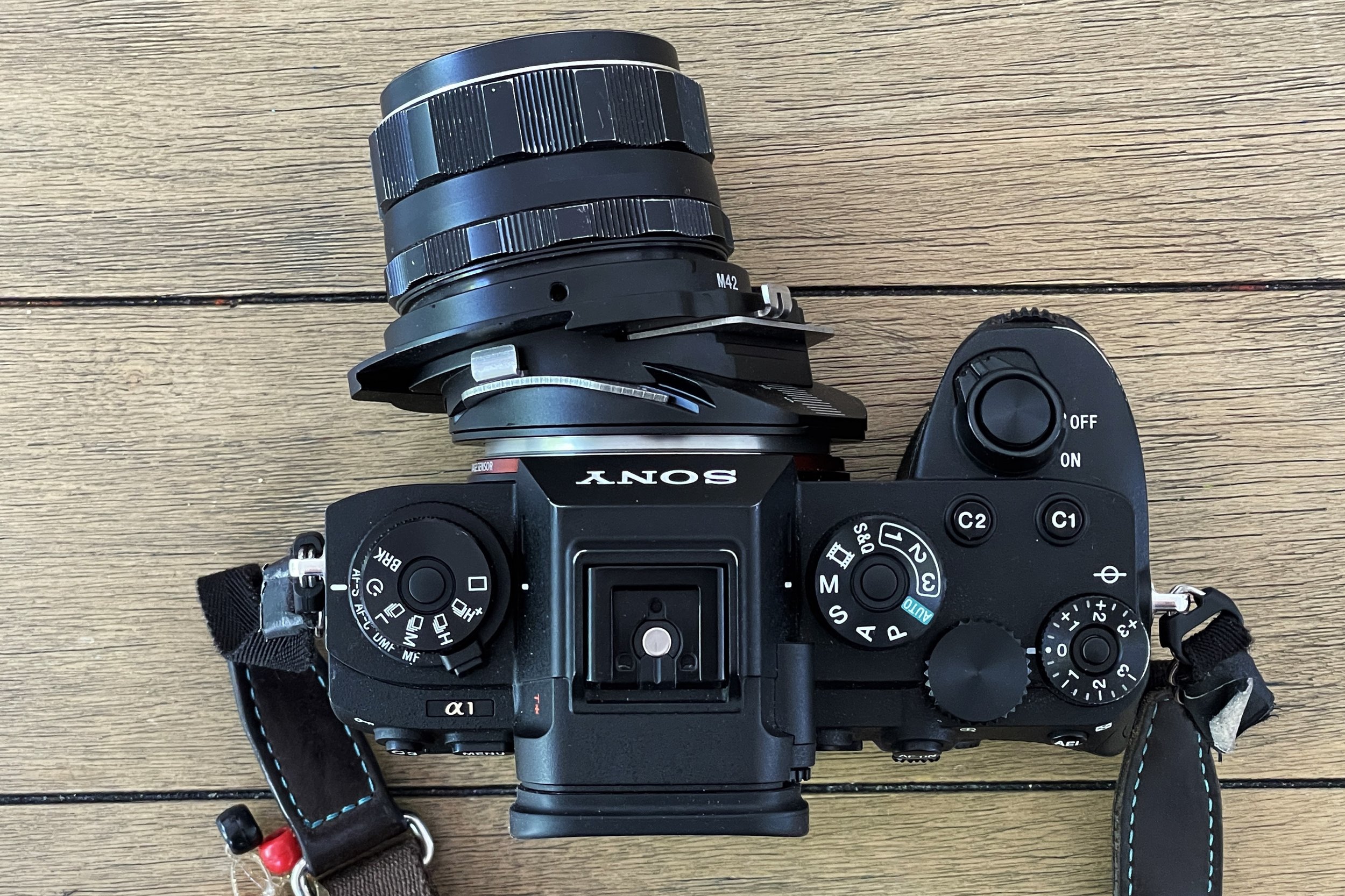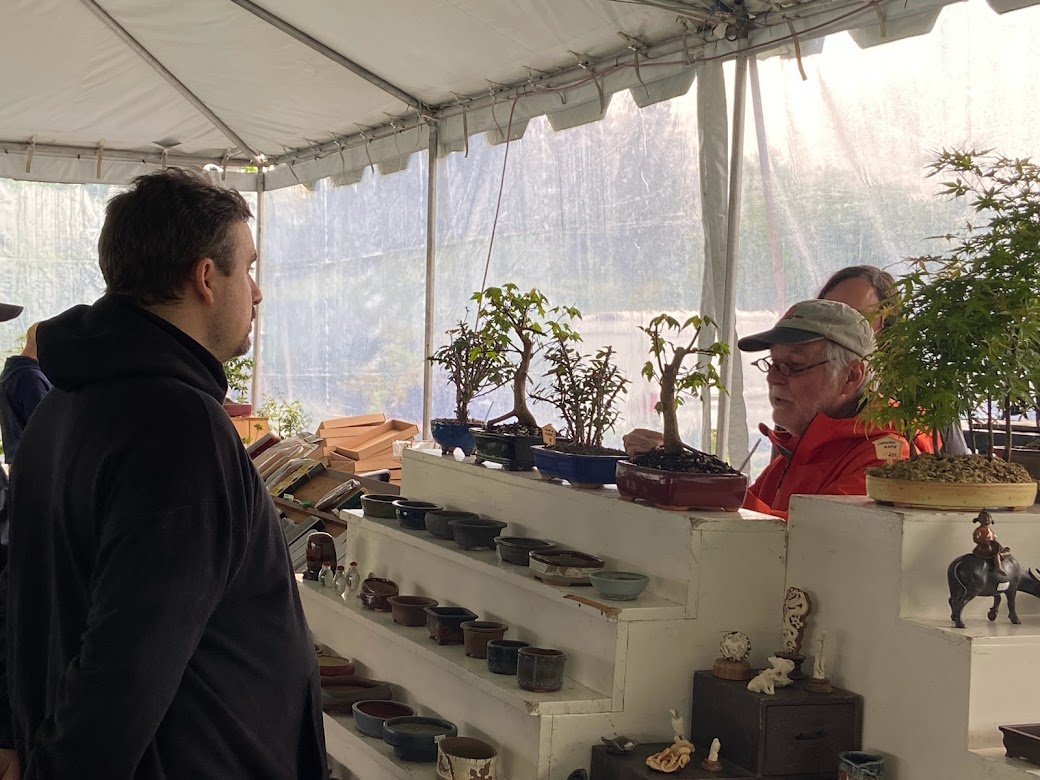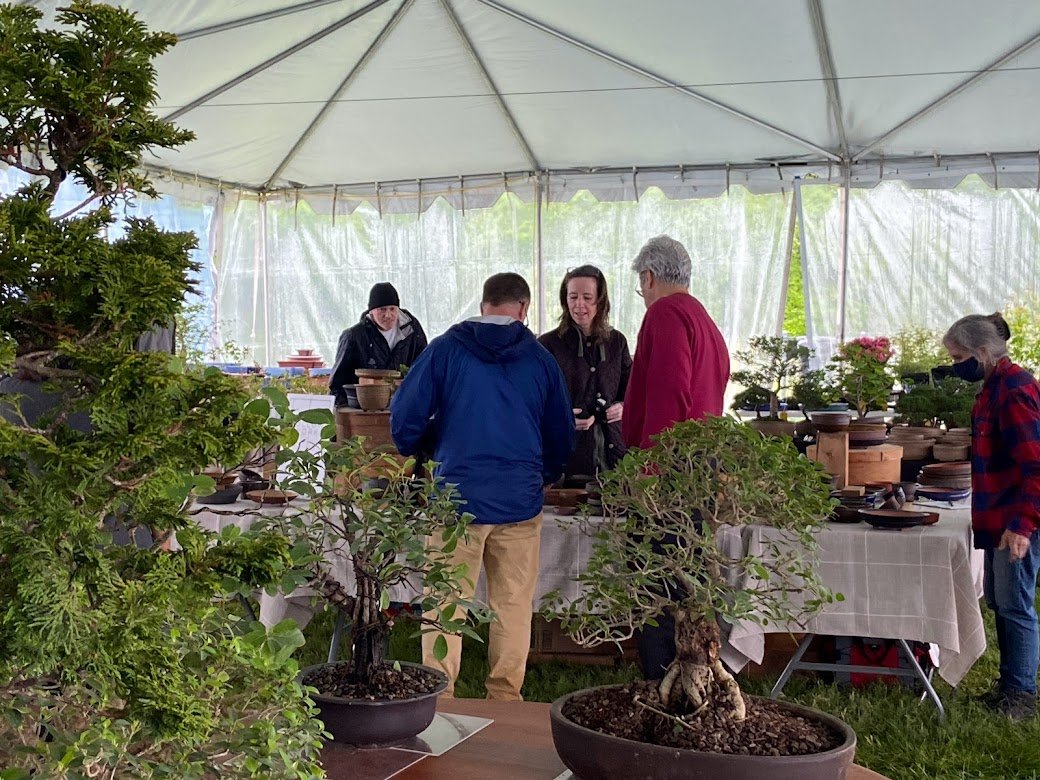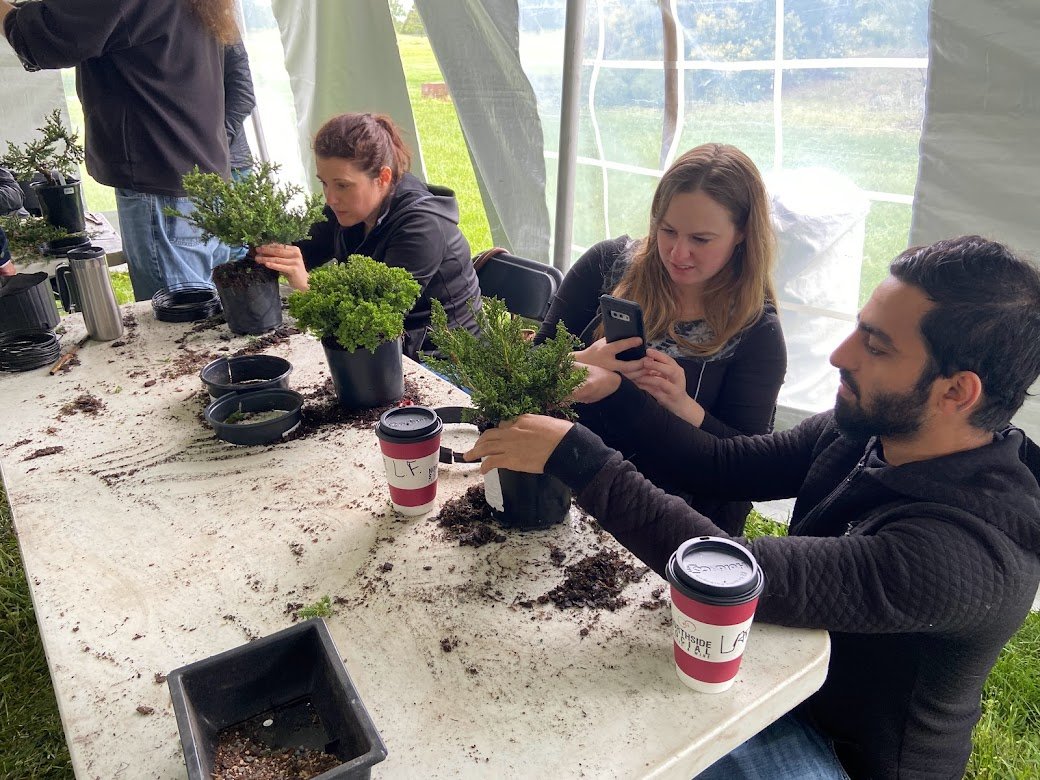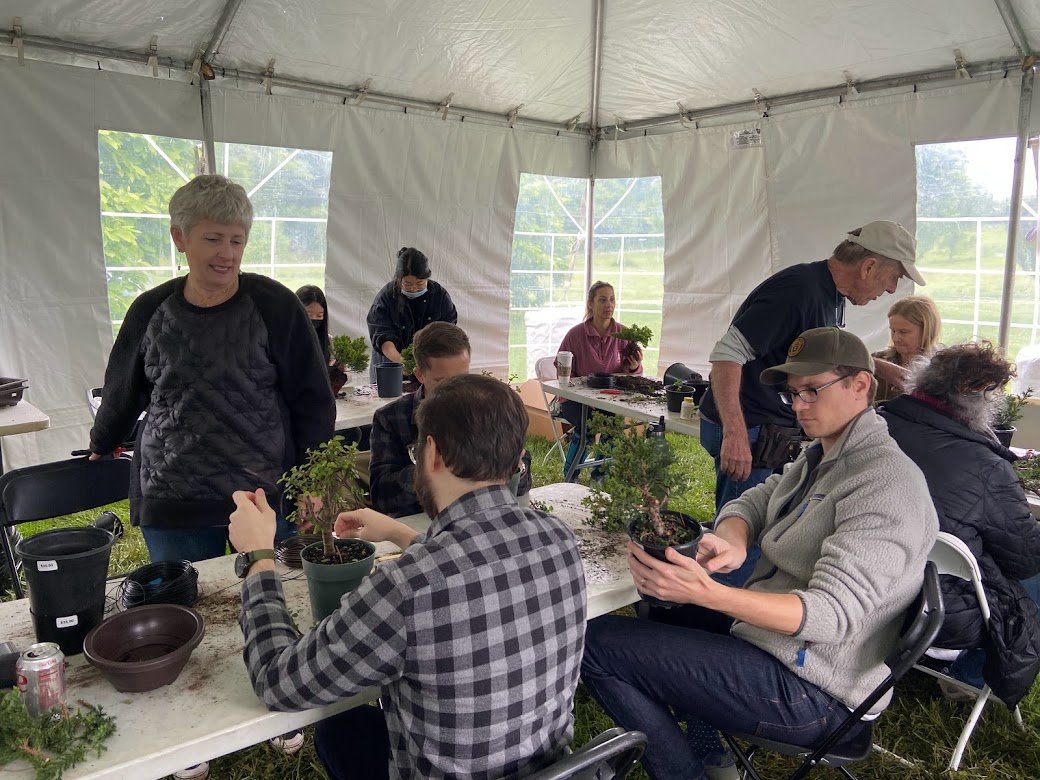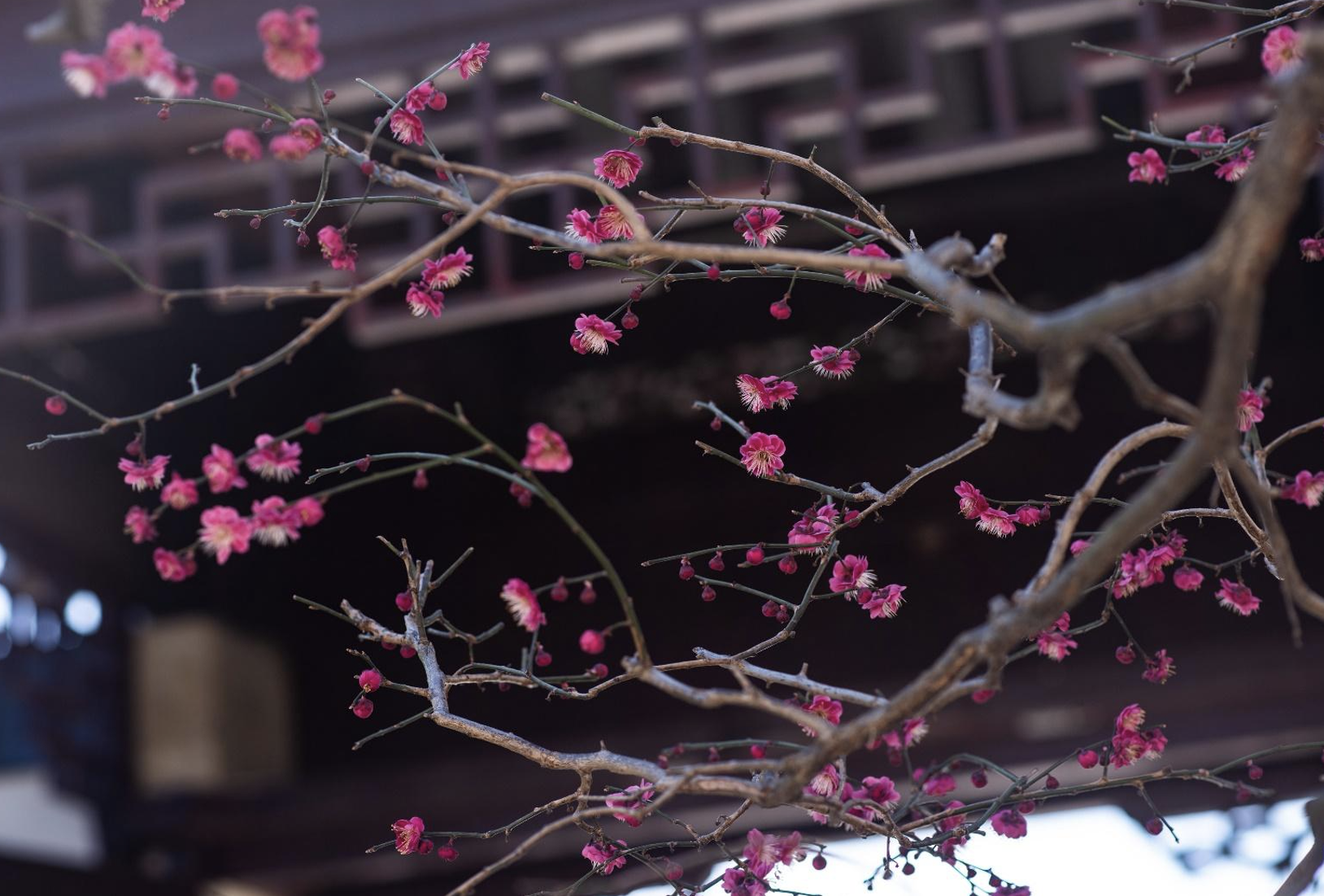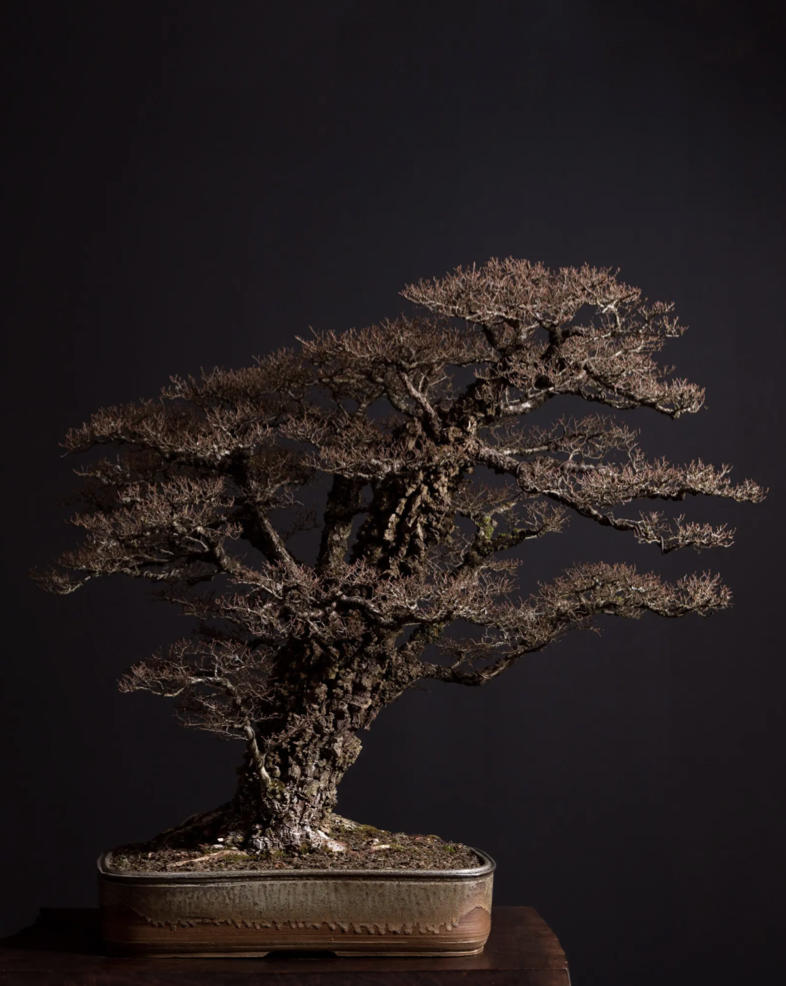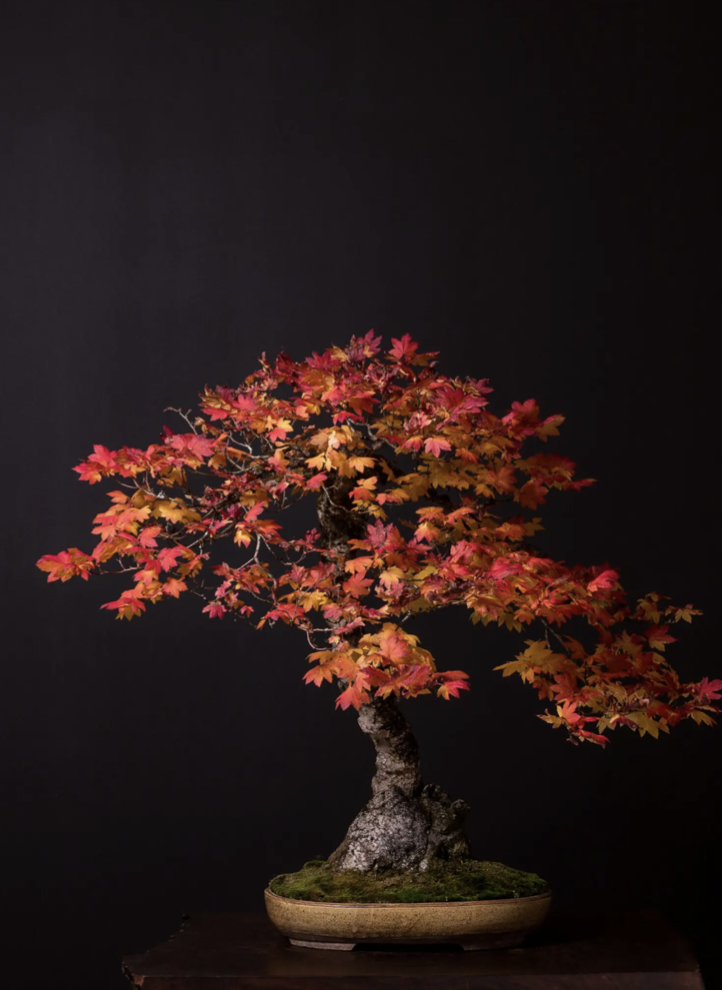National Bonsai Foundation Board Member and professional photographer, Stephen Voss, brings us his latest photo blog.
Revisiting the same subject over many years time allows one’s appreciation of it to deepen and be imbued with complexity and nuance. But sometimes, we will glance over a tree, having seen it many times before. I’ve sometimes found myself struggling with how I might photograph these trees after having done so many times in the past. Sometimes, changing your visual tools can be an effective way to force yourself to see the trees anew.
Tilt-shift lenses have been used by architectural photographers to make images of buildings appear perfectly straight, with no distortion. What’s interesting about the lenses to me is that they can also be used “wrongly” to pinpoint a small bit of a scene to be in focus. The name of these lenses literally comes from their ability to tilt and shift in relation to the digital sensor on the camera.
On a warm spring day at the museum, I spent some time wandering around, try- ing out this new way of seeing that seemed to bring a little abstraction to the more “straight” photography I’m used to doing. Focus in a picture is a way of directing the viewer’s eye, of making choices about what is important and what is not.
Typically, this has a lot to do with the distance of an object to the camera, but with this specialty lens, one can up-end that idea and create images where focus is a more nebulous concept. Trees take on an ethereal quality, the softness pulls the scenes out of the present and gives them a timeless feel that feels fitting for bonsai.
On a technical note - tilt-shift lenses can be extremely expensive, but there are many less expensive alternatives. Pictured here, I purchased a tilt-shift lens mount adapter that fit onto my Sony camera and could take Pentax lens with screw mount adapters. The whole setup cost less than 1/10 the price of a native tilt-shift lens and worked great.



